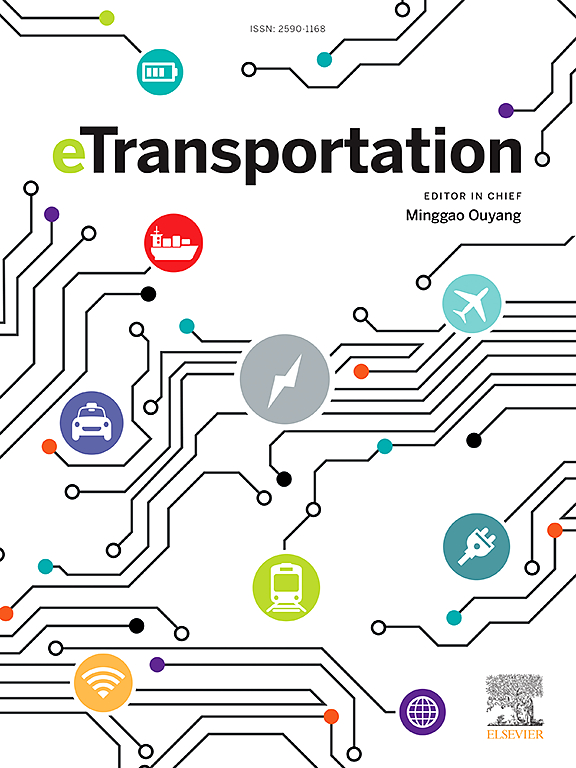Advances and perspectives in fire safety of lithium-ion battery energy storage systems
IF 17
1区 工程技术
Q1 ENERGY & FUELS
引用次数: 0
Abstract
With the advantages of high energy density, short response time and low economic cost, utility-scale lithium-ion battery energy storage systems are built and installed around the world. However, due to the thermal runaway characteristics of lithium-ion batteries, much more attention is attracted to the fire safety of battery energy storage systems. In this review, we comprehensively summarize recent advances in lithium iron phosphate (LFP) battery fire behavior and safety protection to solve the critical issues and develop safer LFP battery energy storage systems. Firstly, we overview the recent developments in thermal runaway mechanisms, gas venting behavior and fire behavior evolution at the battery, module, pack, and energy storage container levels. Afterward, the advanced thermal runaway warning and battery fire detection technologies are reviewed. Next, the multi-dimensional detection technologies that have applied in battery energy storage systems are discussed. Moreover, the general battery fire extinguishing agents and fire extinguishing methods are introduced. Finally, the recent development of fire protection strategies of LFP battery energy storage systems is summarized, and the future directions of firefighting technology are prospected.
锂离子电池储能系统火灾安全研究进展与展望
锂离子电池储能系统具有能量密度高、响应时间短、经济成本低等优点,已在世界各地建成和安装。然而,由于锂离子电池的热失控特性,电池储能系统的火灾安全问题越来越受到人们的关注。本文综述了磷酸铁锂(LFP)电池火灾行为及安全防护方面的最新研究进展,以期解决关键问题,开发更安全的LFP电池储能系统。首先,我们概述了电池、模块、电池组和储能容器层面的热失控机制、气体排放行为和火灾行为演变的最新进展。然后,对先进的热失控预警技术和电池火灾探测技术进行了综述。其次,讨论了在电池储能系统中应用的多维检测技术。此外,还介绍了常用的电池灭火剂和灭火方法。最后,总结了近年来LFP电池储能系统消防策略的发展,并对未来消防技术的发展方向进行了展望。
本文章由计算机程序翻译,如有差异,请以英文原文为准。
求助全文
约1分钟内获得全文
求助全文
来源期刊

Etransportation
Engineering-Automotive Engineering
CiteScore
19.80
自引率
12.60%
发文量
57
审稿时长
39 days
期刊介绍:
eTransportation is a scholarly journal that aims to advance knowledge in the field of electric transportation. It focuses on all modes of transportation that utilize electricity as their primary source of energy, including electric vehicles, trains, ships, and aircraft. The journal covers all stages of research, development, and testing of new technologies, systems, and devices related to electrical transportation.
The journal welcomes the use of simulation and analysis tools at the system, transport, or device level. Its primary emphasis is on the study of the electrical and electronic aspects of transportation systems. However, it also considers research on mechanical parts or subsystems of vehicles if there is a clear interaction with electrical or electronic equipment.
Please note that this journal excludes other aspects such as sociological, political, regulatory, or environmental factors from its scope.
 求助内容:
求助内容: 应助结果提醒方式:
应助结果提醒方式:


